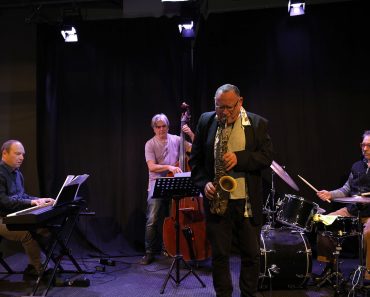Maria Callas: The Tragic Story of a Voice Lost Too Soon
The new biopic Maria, starring Angelina Jolie, explores the life of opera legend Maria Callas, a woman whose extraordinary voice was as polarizing as it was unique. While Callas’s talent propelled her to stardom, her career was tragically cut short, leaving behind a legacy shrouded in mystery and speculation. This article explores the potential factors, from physical ailments to emotional turmoil, that may have contributed to the decline of her iconic voice.
From humble beginnings in wartime Athens, Callas debuted in Tosca at the tender age of 18. Driven by deep-seated insecurities stemming from her family’s criticism of her appearance, she embarked on a rigorous path of training and performance. While some lauded her three-octave range as breathtakingly beautiful, others found it dry and even unpleasant, highlighting the polarizing nature of her vocal abilities. Even Callas herself expressed a complex relationship with her voice, describing it as something she learned to accept rather than love. Despite this, she transformed opera with her intensely expressive and poignant performances, transcending mere singing to embody the dramatic heart of each role.
Her severe nearsightedness, rendering her practically blind onstage, fostered a sense of isolation and fueled her introspective nature. This, combined with her dedication to meticulous acting, allowed her to revolutionize opera, merging musical brilliance with theatrical power. The impact of her artistry was so profound that some jokingly divided opera history into BC (Before Callas) and AC (After Callas).
However, the demanding nature of her early roles, coupled with her unique intonation-focused technique, may have taken a toll on her vocal cords. By 1956, at just 33, a noticeable deterioration in her voice began, eventually limiting her ability to perform the challenging arias that had once defined her prowess. Analysis of recordings from different periods reveals an increasing sharpness, irregularity, and instability in her later performances.
Several theories attempt to explain this vocal decline. Some attribute it to the heartbreak she endured after losing Aristotle Onassis to Jackie Kennedy, while others point to the strain of her early, demanding performances. Her drastic weight loss of over 35kg in her twenties, potentially achieved through extreme dieting, might have also contributed. Rapid weight loss can lead to muscle loss, including the laryngeal muscles crucial for vocal control and power. This loss of muscle strength could have significantly weakened her voice.
Furthermore, accounts from a doctor who treated Callas in her later years suggest she suffered from dermatomyositis, a connective tissue disease causing inflammation in skin and muscle. Symptoms such as swollen, discolored hands, a rash, stooped posture, and weakened voice (dysphonia) align with this diagnosis. While steroid treatment provided temporary relief, the condition likely played a role in her vocal decline.
Ultimately, Maria Callas died of a heart attack in 1977 at the age of 53, leaving behind a legacy of both brilliance and tragedy. The upcoming biopic, Maria, offers a glimpse into the life of this complex artist, exploring the factors that shaped her unique voice and contributed to its untimely demise. Just as Callas embraced her imperfections to create something magical, the film aims to capture the essence of her artistry and celebrate her enduring impact on the world of opera.






